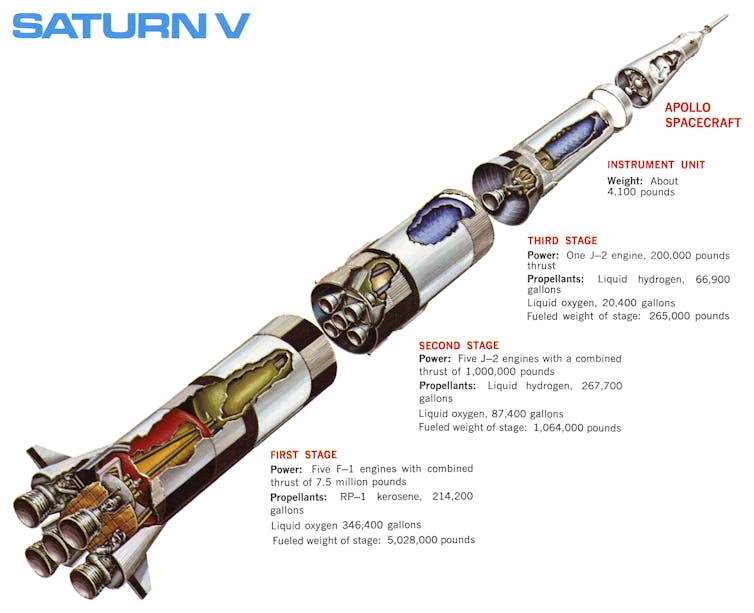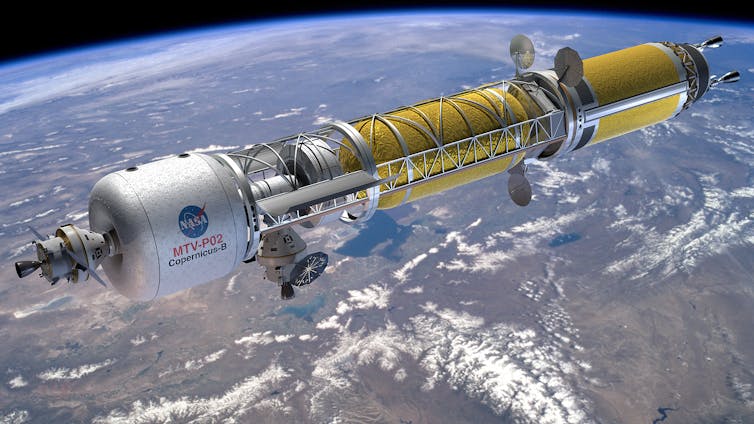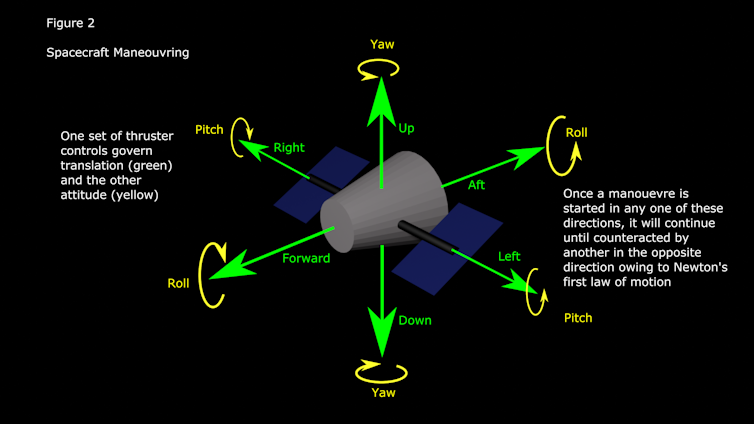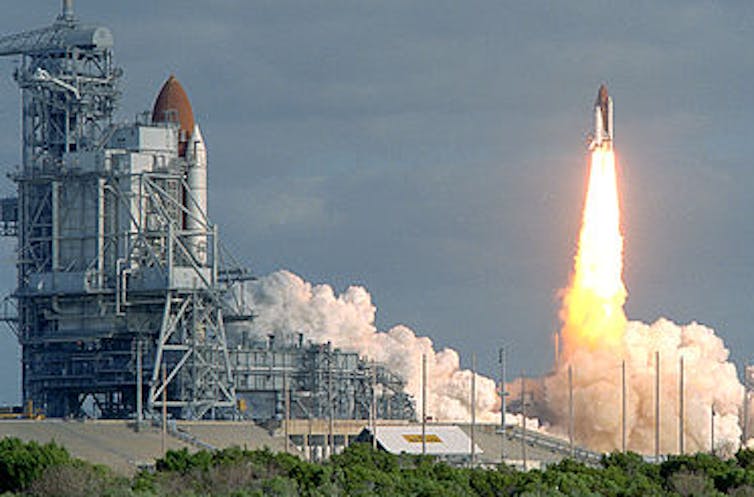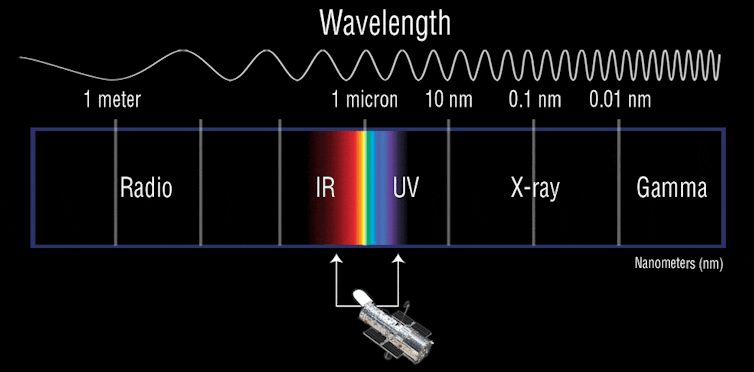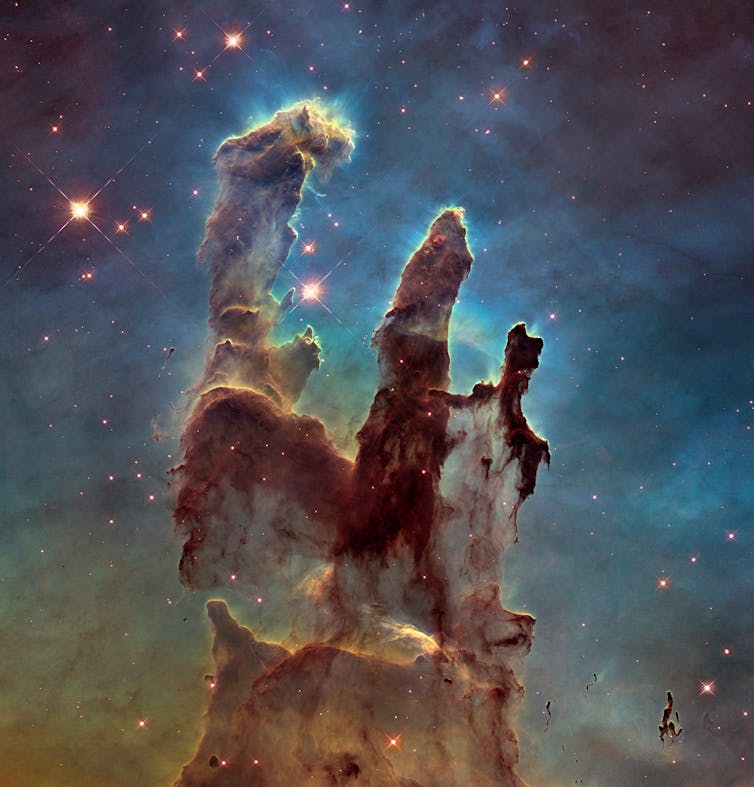Self-driving taxis could be a setback for those with different needs – unless companies embrace accessible design now

Autonomous vehicles (AVs), like self-driving taxis, continue to garner media attention as industry and political stakeholders claim that they will improve safety and access to transportation for everyone. But for people who have different mobility needs and rely on human drivers for work beyond the task of driving, the prospect of driverless taxis may not sound like progress. Unless accommodations are built in to autonomous vehicle designs, companies risk undermining transportation access for the very communities this technology is promising to include.
The promise
A January 2020 joint report issued by the National Science and Technology Council and U.S. Department of Transportation paints a bright picture of an autonomous-enabled future. They predict autonomous vehicles will provide “improved quality of life, access and mobility for all citizens.” Replacing the driver with an autonomous system will create safer transportation by removing the “possibility of human error.”
In addition, synchronizing vehicle movement with distance and traffic patterns would not only result in more efficient service, but safer roadway navigation. These advances should mean fewer cars, less traffic, more economical fuel use and increased vehicle availability.
More than driving
If done right, autonomous vehicles could improve access to transportation for everyone. But by not accounting for the many other kinds of labor a driver performs, current AVs may present problems for people with different needs.
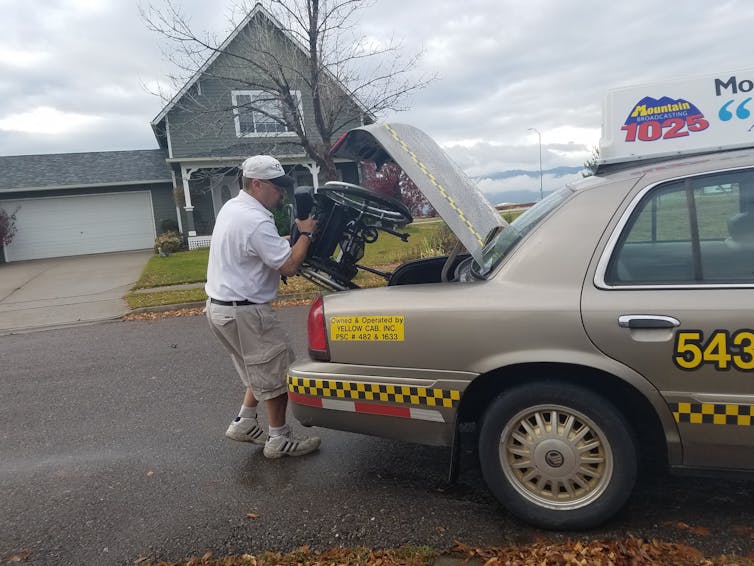
For older people, those with disabilities and even individuals in emergency situations, the driver bridges the gap between personal capability and vehicle accessibility.
Drivers help people to and from vehicles, as well as into and out of them. Drivers move and store luggage and mobility equipment like wheelchairs and walkers, and navigate emergency situations like cardiac arrest, allergic reaction or drug overdose.
Yet right now asking an AV interface for assistance would be like asking Siri to help you up if you’ve fallen down.
Two unequal systems
In the 1970s and years thereafter, Congress determined that redesigning transportation for accessibility was too costly. Instead they fitted assistive devices to old transportation networks and expected private sector taxi drivers to help. Some did, many didn’t.
Problems of discrimination led to the landmark American with Disabilities Act of 1990. The ADA made discrimination based on ability illegal – but access to transportation was still dependent on the driver.

Today, cities and companies are still struggling with accessibility. People with different needs remain vulnerable to the whims and prejudices of the driver. Too often people with different needs are denied assistance or transportation altogether.
It was only in 2016, for instance, that Boston’s taxis, Uber and later Lyft began integrating a small number of Wheelchair Accessible Vehicles into their fleets, and other companies have emerged like SilverRide offer specialty service for people who are older.
But even with these additions, taxi, Uber and Lyft riders still experience cancellations and longer wait times in cities like Washington, D.C., Boston, Chicago, San Francisco and New York.
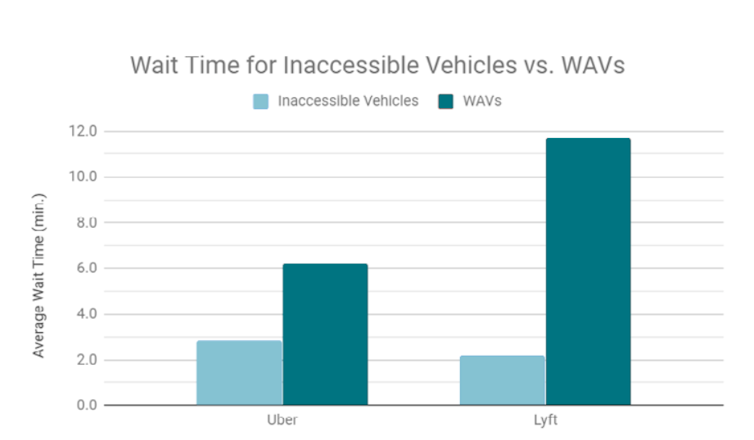
While specialized vehicles are a valuable step toward accessible transportation, they also mean more cars on the road. A 2017 study found Uber and Lyft are increasing traffic congestion in cities leading to increases in safety risks, transit times and pollution. To add to the traffic problem, the International Transportation Forum predicts that traffic will likely increase even more as autonomous cars occupy the road alongside traditional ones.
The future
AV developers struggle with what accessibility should look like. Some leading AV companies focus on accessibility inside the car. Waymo and Lyft are working to communicate information to passengers with disabilities. Nissan’s Virtual Reality avatars may provide company, comfort and assistance to passengers in need.
Other AV companies approach accessibility by redesigning access. Startup May Mobility’s low speed shuttle can deploy a wheelchair ramp. Tesla’s gull wing doors open vertically for easier access and their Smart Summons feature allows drivers to call their car to fetch them.
In my opinion, vehicle specialization should not be the path forward. A wheelchair ramp in one car and Braille in another will increase cars on the road, decrease availability and increase consumer cost. For AVs to fulfill the promise of accessibility and be environmentally efficient, all cars need to be similarly accessible – even if the mechanisms of accessibility are not always in use. This way AVs can more closely mirror the variety of tasks human drivers currently perform and do it reliably, without discrimination. Standard features could include push button or voice activated motorized doors with sliding ramps, an entry space instead of front seats and interior handrails.
A good place to start is for stakeholders to agree on what accessibility needs must be met and treat AV developments as pieces of an accessibility solution rather than separate niche markets racing toward minimum accommodations. The nonprofit research and community equity organization, The Greenlining Institute, suggests, in addition to capability, accessibility should also include financial, cultural, technological, logistical, race, gender, age, class and geographic considerations. If autonomous vehicles are developed to handle the messiness and complexity taxi drivers currently deal with, society will be one step closer to real accessibility.
[Deep knowledge, daily. Sign up for The Conversation’s newsletter.]![]()
John Lunsford, PhD Candidate in Media, Technology and Society, Cornell University
This article is republished from The Conversation under a Creative Commons license. Read the original article.

